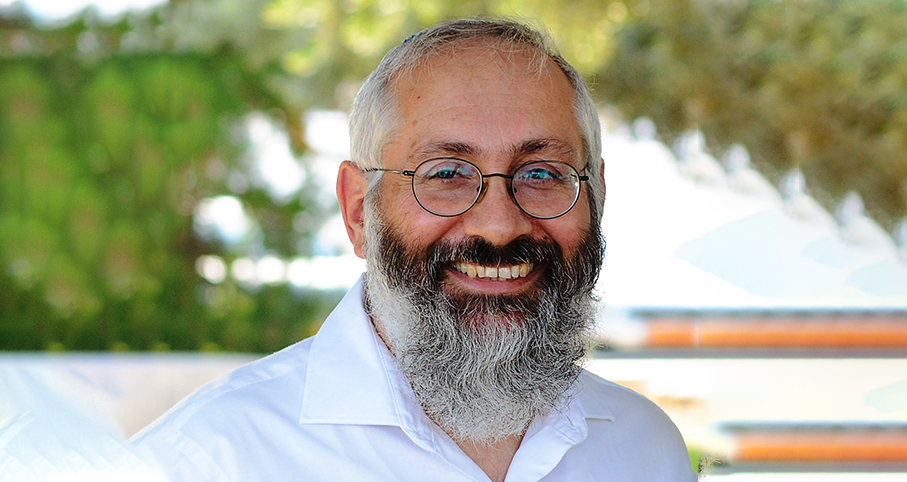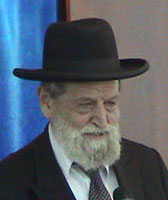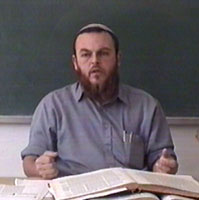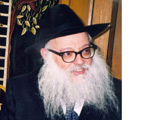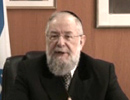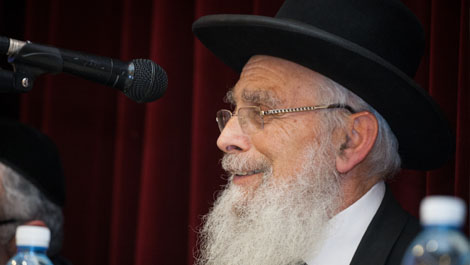Beit Midrash
- Torah Portion and Tanach
- Vayikra
- Kdoshim
The Torah study is dedicatedin the memory of
Asher Ben Haim
Although the Torah seems to state that the mitzva applies only in Eretz Yisrael, Chazal cite an oral tradition that it applies outside the Land, as well (Kiddushin 37a). The simple question is that if this is the case, why does the Torah write the mitzva in a way that implies that it is only in Eretz Yisrael. This is not so difficult according to the Rambam (Ma’achalot Asurot 10:15) who rules that the laws of the fourth year apply only in Eretz Yisrael. To relate to that element, the Torah introduces the matter with mention of the Land. Even according to others, there are clear indications that the nature of the mitzva in its essence is primarily related to Eretz Yisrael, even though many of its laws are "borrowed" to apply abroad. The Ohr Hachayim stresses that the pasuk indicates a series of mitzvot involving Eretz Yisrael: a mitzva to enter the Land; a mitzva to improve it by planting trees; and a mitzva to follow the subsequent laws of orlah.
According to the Ohr Hachayim, we have a new perspective on the concept of planting trees, one that the laws of orlah foster. In Eretz Yisrael, one plants a fruit tree, not just in order to eat its fruit as soon as possible. Rather, one plants a tree so that the Land can become more productive. In the long-term, if one owns productive land, it is also worthwhile. In the year of Shemitta, for example, one may not sow the land, but existing trees continue to give off fruit that people can and should eat. In general, sometimes things that are the slowest in bringing returns give the greatest returns over time.
The phenomenon of orlah also ties one to the Land. When one plants something that he knows will not benefit him for at least three years, it means that he must believe in his chances to remain there. Either that, or he sees the value of preparing the Land for his offspring to draw the benefit (see Ta’anit 23a).
I suggest that that our readers take a good look at Rav Yisraeli’s words in the Moreshet Shaul section. The pioneering generations of modern Israel did a lot of planting and "sowing with tears" with the belief that Hashem mercifully brought us here as part of a process of redemption, which will flower into mature fruit. Let us pray that the fruit will ripen as quickly and fully as possible, so that we can eat the fruit before Hashem.

Kedoshim
Aloh naaleh
Various Rabbis | 5768
All of the Jewish People, Including the Street Cleaners
Rabbi Shmuel Eliyahu | Nissan 28 5782
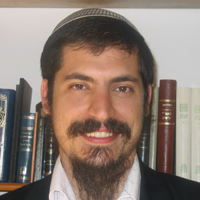
The Pluses and Minuses of Speech
Rabbi Ariel Farajun | 2 Iyar 5784


